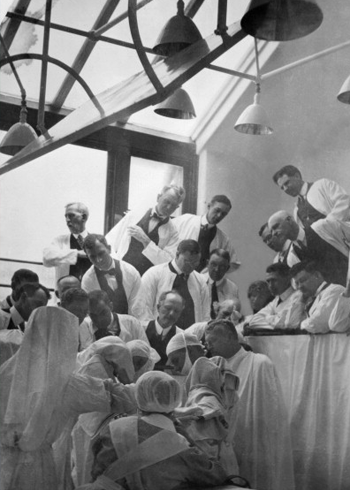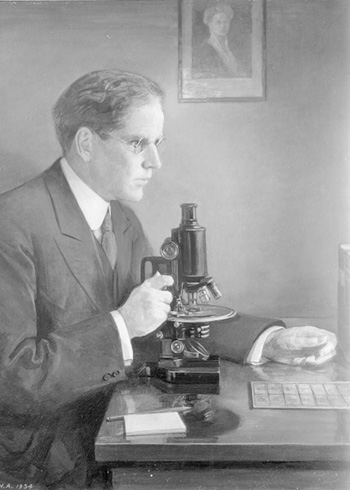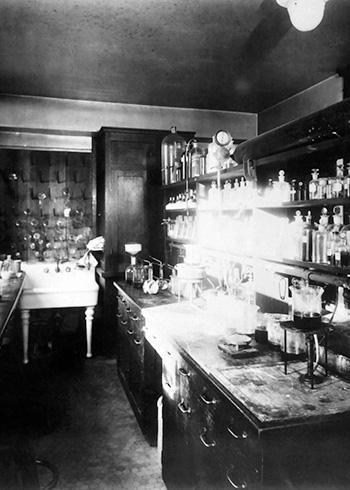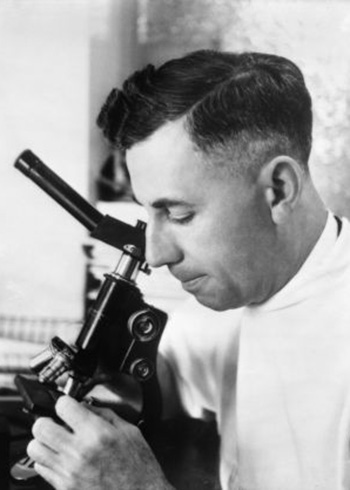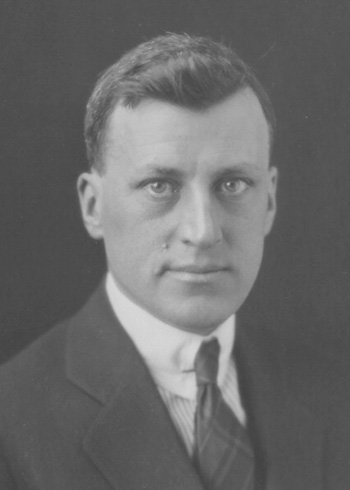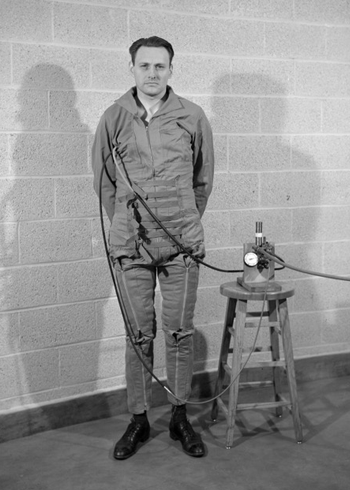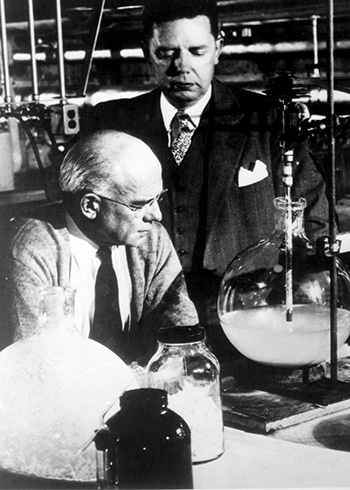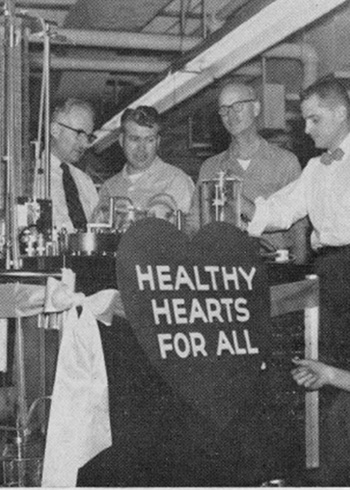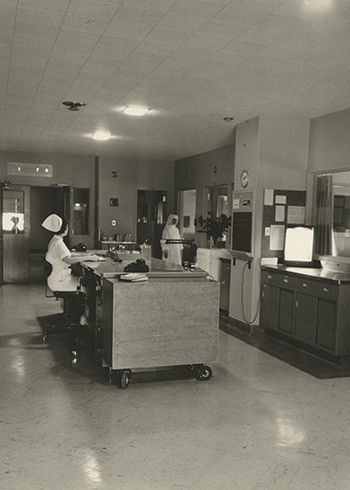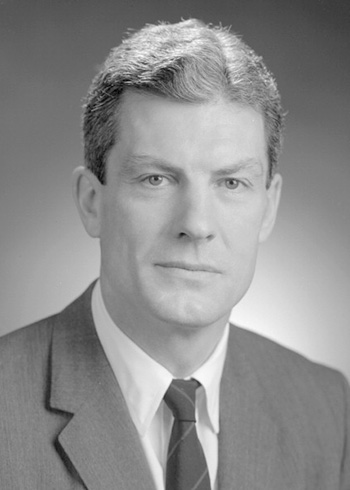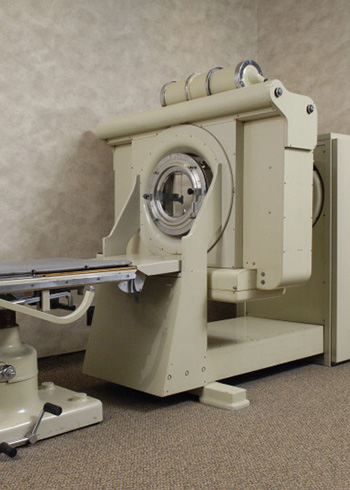People often ask: “What are Mayo Clinic’s most significant accomplishments?” Here are examples from throughout our history. Visit this site again, as we continue to build out the descriptions. For a list of 150 contributions to medicine, assembled during the Mayo Clinic Sesquicentennial, download or print the attached pdf document.
Mayo Clinic’s most significant contribution to medicine is not a device or a drug. It’s the collaborative way we work together to serve patients and advance medical science, as seen in this photo, circa 1913.
Dr. Louis Wilson made it possible to explore, diagnose and remove cancerous tissue all in one operation.
Dr. Edward Kendall was the first person in the world to isolate the iodine-containing hormone that plays a key role in treating thyroid disease.
Dr. Albert Broders invented a method to grade tumors by severity, creating the foundation for effective treatments.
Dr. Russell Wilder helped validate the safety of insulin and set proper dosage levels for patients, revolutionizing the treatment of diabetes.
Working in secrecy – and charging the U.S. government $1 per year – a team at Mayo Clinic developed the G-Suit (pictured above) and other innovations that helped the Allies win World War II.
Drs. Edward Kendall (left), a laboratory scientist, and Philip Hench (right), a rheumatologist, combined diverse skills in their landmark discovery.
Mayo Clinic had the first series of successful open-heart operations in the world.
Mayo Clinic developed a hospital area for patients who needed advanced care after surgery.
In his successful procedure to insert an FDA-approved artificial hip, Dr. Mark Coventry opened the era of joint replacement surgery.
Mayo Clinic leaders sent Dr. Hillier Baker to London with instructions to study the new device and purchase one “on the spot” if it could help patients.
Following the worst bioterrorism attack in American history, Mayo Clinic developed a test for the prompt detection of a dangerous poison.

